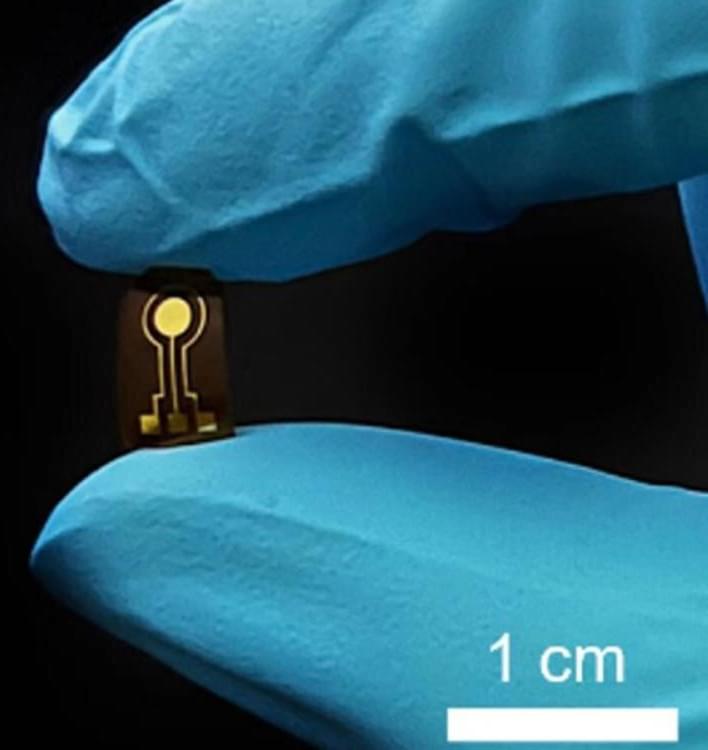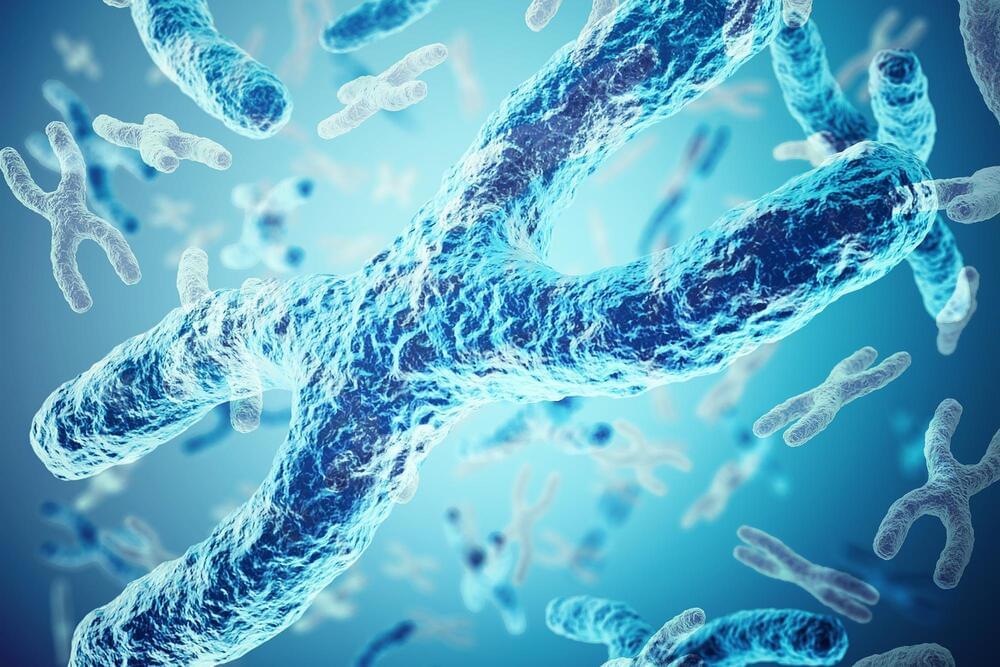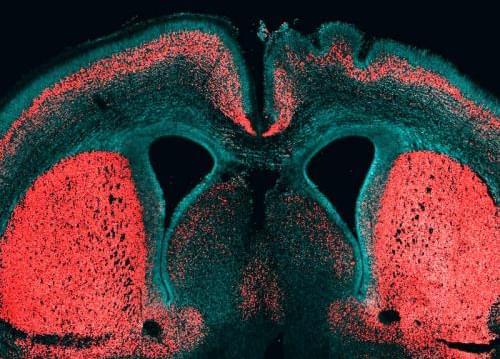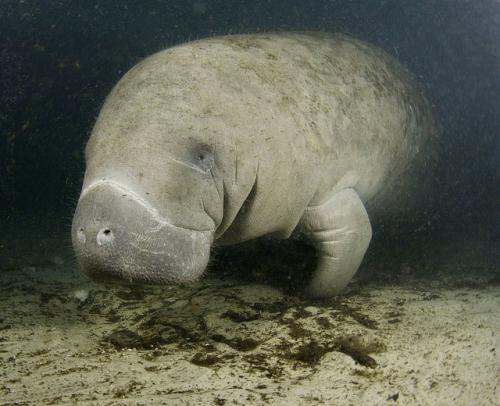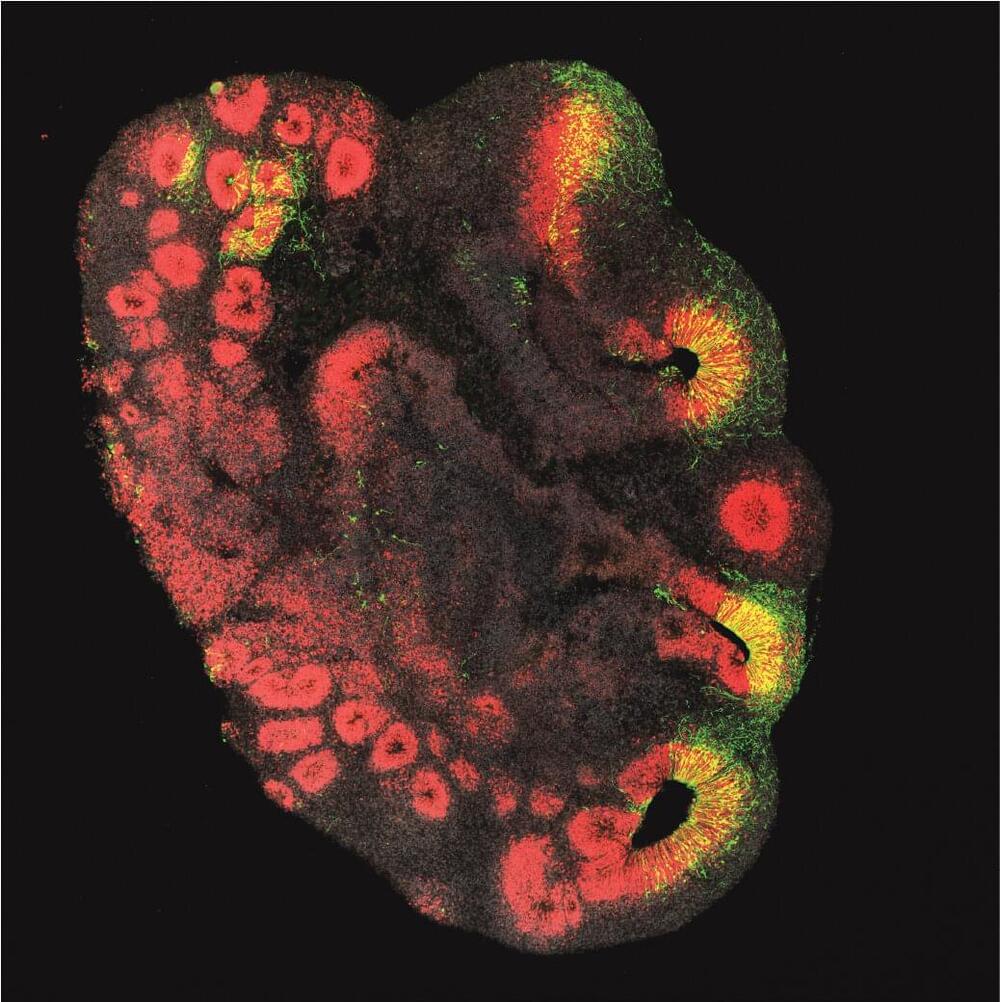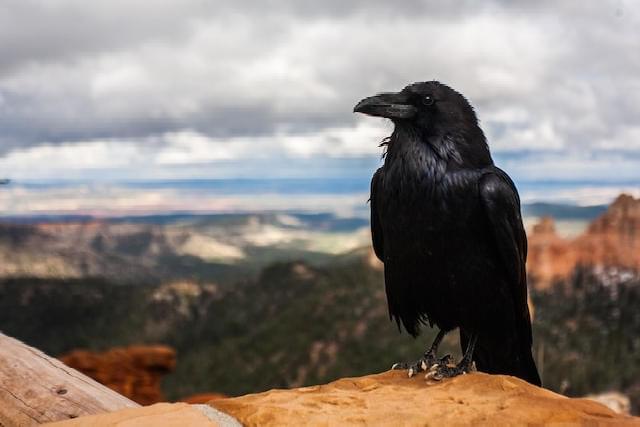They say lonsdaleite could be used to fortify industrial tools like drill bits and saw blades — AND teach us about the evolution of earth.
AYESHA RASCOE, HOST:
Move over, diamonds. There’s stronger bling in town. Meet lonsdaleite — for years just a theory. Now CNN reports that scientists have confirmed its existence on Earth. While diamonds and lonsdaleite are both made of carbon — get ready for this — the former has a cubic atomic structure, and the latter has a hexagonal structure. So what’s the big difference? That hexagonal structure makes the stone 58% stronger than regular diamonds. Lonsdaleite was found in a meteorite that scientists say came from a dwarf planet that was billions of years old. An asteroid crashed into that planet, releasing pressure that caused the stone to form. The hardness of lonsdaleite could be useful in making super durable tools for industrial sites. But scientists also say this discovery can teach us about the interactions of the universe and ultimately how Earth evolved as a planet.

